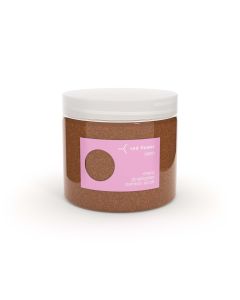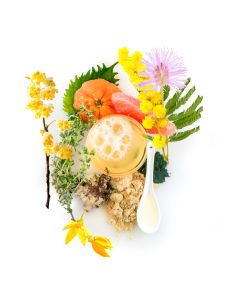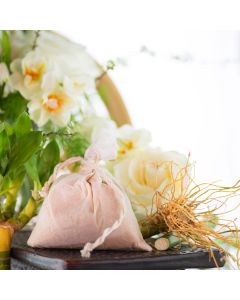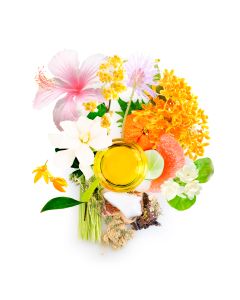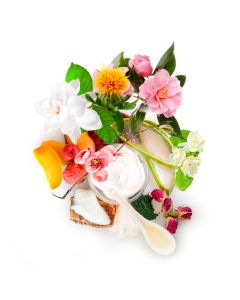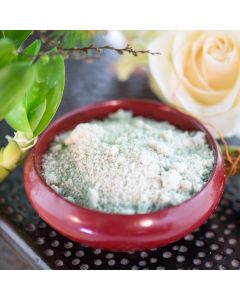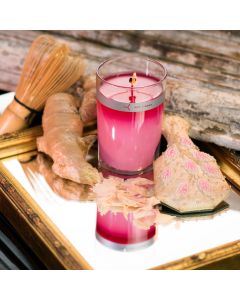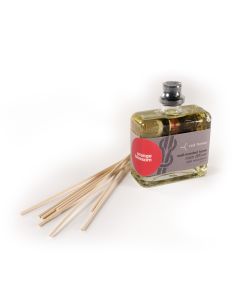escape to the onsen of japan through the fundamentally authentic principles, textures, ingredients and techniques employed for centuries in the japanese ceremony of bathing.
onsen, the traditional bath houses of japan, are built upon natural mineral springs, developing into a rich tapestry of purification, ceremony and community. originally, buddhist and shinto shrines arose near mineral springs, where monks bathed prior to prayer to ensure the utmost purity. around these shrines, communities began to develop, with the onsen as the center of village life. rice shops and homes would be built near the spring as the art of purification became a communal activity.
the ritual of taking mineral waters in japan is ageless. a communal place where all people come together to bathe, purify, celebrate and enjoy the simple company of others. families of multiple generations often attend as a group, remaining in the onsen for several hours, sharing a meal into the evening.
to release “ki,” the life force, through ritual bathing, the process of bathing heats and cools the body with ingredients and textures to stimulate the flow of blood through the body. circulatory and lymphatic systems are stimulated with alternating warm and cool temperatures, allowing energy and oxygen through the body and opening energy pathways.
enter, unrobe, receive a white washcloth. there is nothing of excess in the baths. families bring a wooden bucket filled with soap, rice bran in a small cotton bag, a tawashi scrubbing brush and other accessories to enhance the experience and benefits of the onsen.
natural mineral springs, found throughout japan, have unique mineral content based on location. while the ritual process of bathing in each onsen is the same, people travel up to great distances to receive varying benefits from this traditional bath.



